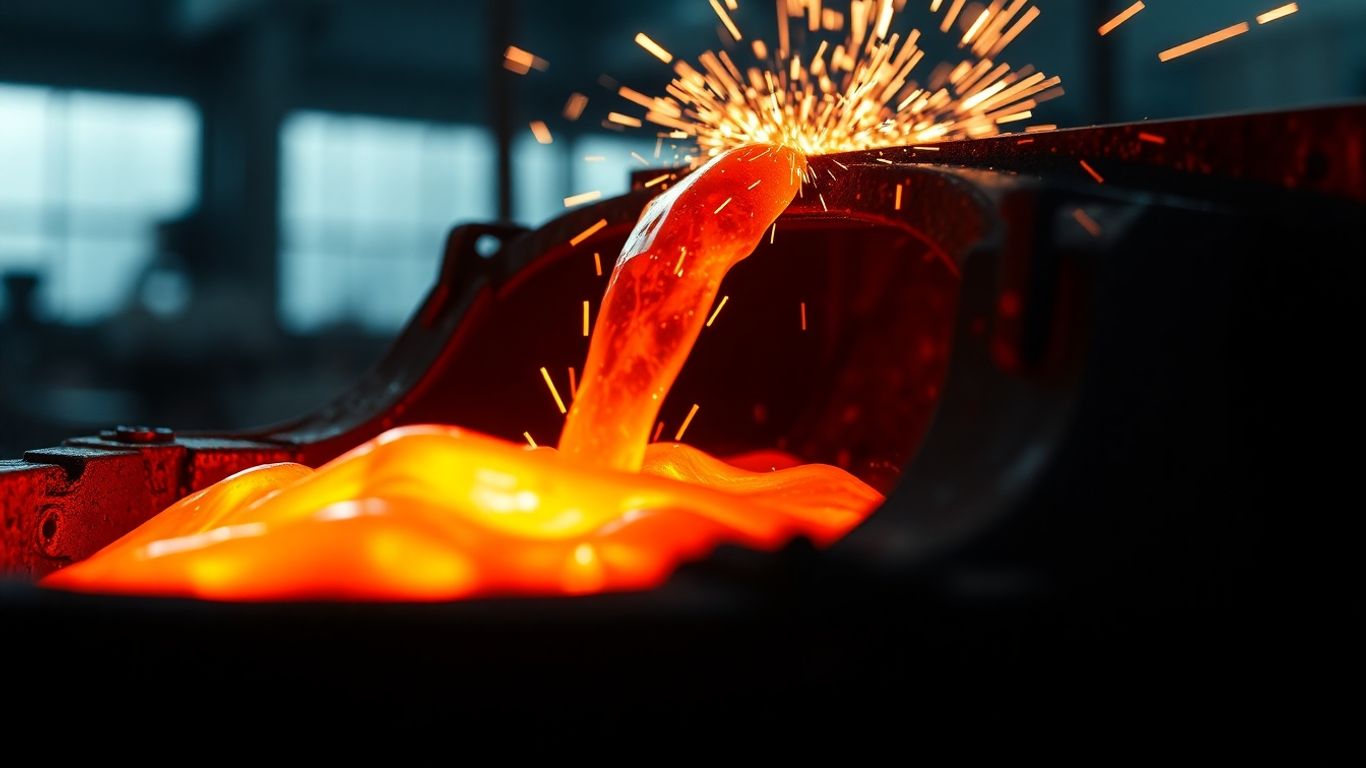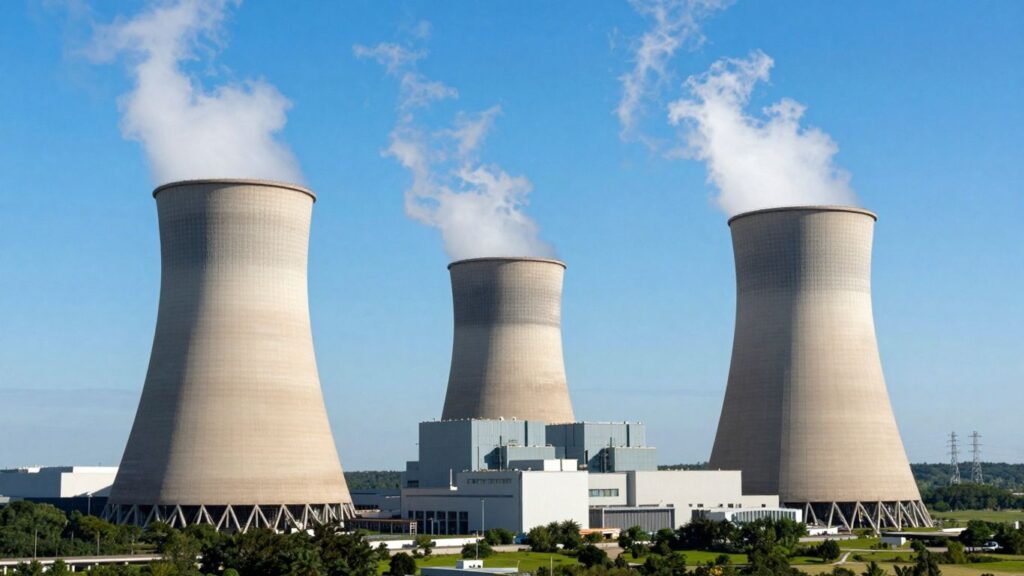Researchers at the Idaho National Laboratory (INL) are partnering with Clean Core Thorium Energy to develop a groundbreaking nuclear fuel design. This novel fuel, combining thorium with high-assay low-enriched uranium, aims to reduce waste, enhance safety, and lower costs for existing pressurized heavy water reactors worldwide. The collaboration leverages INL’s unique testing capabilities to validate the fuel’s performance and safety.
Key Takeaways
- A new nuclear fuel design, ANEEL, uses a thorium and high-assay low-enriched uranium blend.
- The fuel is designed for existing pressurized heavy water reactors without requiring modifications.
- Idaho National Laboratory’s Advanced Test Reactor (ATR) is crucial for testing the fuel’s performance and safety.
- The project is a collaboration between INL, Clean Core Thorium Energy, and Texas A&M University.
- Initial post-irradiation examination shows promising structural integrity.
A New Era for Nuclear Fuel
Clean Core Thorium Energy, led by father and son entrepreneurs Mehul and Milan Shah, has developed a patented nuclear fuel design called Advanced Nuclear Energy for Enriched Life (ANEEL). This innovative fuel utilizes a blend of thorium and high-assay low-enriched uranium (HALEU), enriched between 5% and 20%. This composition is a significant departure from traditional uranium fuel used in pressurized heavy water reactors, which typically has less than 0.72% fissionable uranium-235.
Mehul Shah highlighted the "eureka moment" when they successfully created a proliferation-resistant fuel design without needing to alter the reactor’s external geometry or fuel bundle. The ANEEL fuel is engineered to be compatible with pressurized heavy water reactors globally.
Leveraging National Laboratory Expertise
To bring ANEEL fuel to market, Clean Core needed to rigorously prove its performance and safety to regulators and industry stakeholders. After an extensive search, the Shahs identified the Idaho National Laboratory as the ideal partner due to its unparalleled expertise and specialized facilities. INL’s Advanced Test Reactor (ATR), known for its high neutron flux and burnup capabilities, and its Transient Test Reactor, offering critical "crash test" scenarios, are essential for accelerating the qualification process.
"ATR is the Holy Grail for nuclear testing," stated Mehul Shah, emphasizing the unique value of INL’s resources. "Qualifying our fuel for testing there is like securing a seat on the only flight to the moon."
Collaborative Fuel Development and Testing
The development of ANEEL fuel is a testament to a multi-year collaboration involving INL, Clean Core, and Texas A&M University. While many private companies receive government funding for INL projects, Clean Core’s irradiation testing at ATR is entirely privately funded. Texas A&M University played a key role in fabricating the fuel pellets, mixing uranium oxide with thorium oxide in a proprietary blend under INL’s stringent Quality Assurance program. The ANEEL fuel pellets are annular, featuring a central hole to better manage fission gas release during high burnup.
In spring 2024, 216 ANEEL fuel pellets were loaded into the ATR’s reactor core. The first batch, irradiated for four months, achieved a burnup of up to 25 gigawatt days per ton and is now undergoing examination. Remaining pellets will continue irradiation until spring 2026 to study the effects of higher burnup.
Promising Initial Results
Post-irradiation examination, conducted at INL’s Hot Fuels Examination Facility, has yielded encouraging early results. Initial neutron radiography of the irradiated fuel capsules revealed no apparent cracks, collapse of the annular form, or significant deformation, indicating good structural integrity and stability. "The irradiated pellets look exactly like when they were fabricated," commented Paul Chan, Clean Core’s chief technology officer. "This is important news for the fuel community. This is great."
Further non-destructive and destructive examinations are underway, including visual inspection, profilometry, gamma scanning, and microscopy, to analyze the fuel’s microstructure, grain growth, porosity, and fission product distribution. These comprehensive analyses will provide the critical data needed to validate the ANEEL fuel concept for regulatory approval and investor confidence.
Advancing U.S. Nuclear Leadership
This collaboration exemplifies how partnerships between national laboratories and private industry can drive innovation and bolster U.S. leadership in nuclear technology. "One of our major goals is helping create nuclear leadership and, in our case fuel leadership, in America," said Milan Shah. INL’s integrated capabilities in manufacturing, irradiation, and post-irradiation examination provide companies like Clean Core the essential resources to confidently prove their advanced fuel designs.
Sources
- Idaho researchers collaborate with US company to develop novel nuclear fuel to preserve, improve today’s
reactors, Idaho National Laboratory (.gov).












